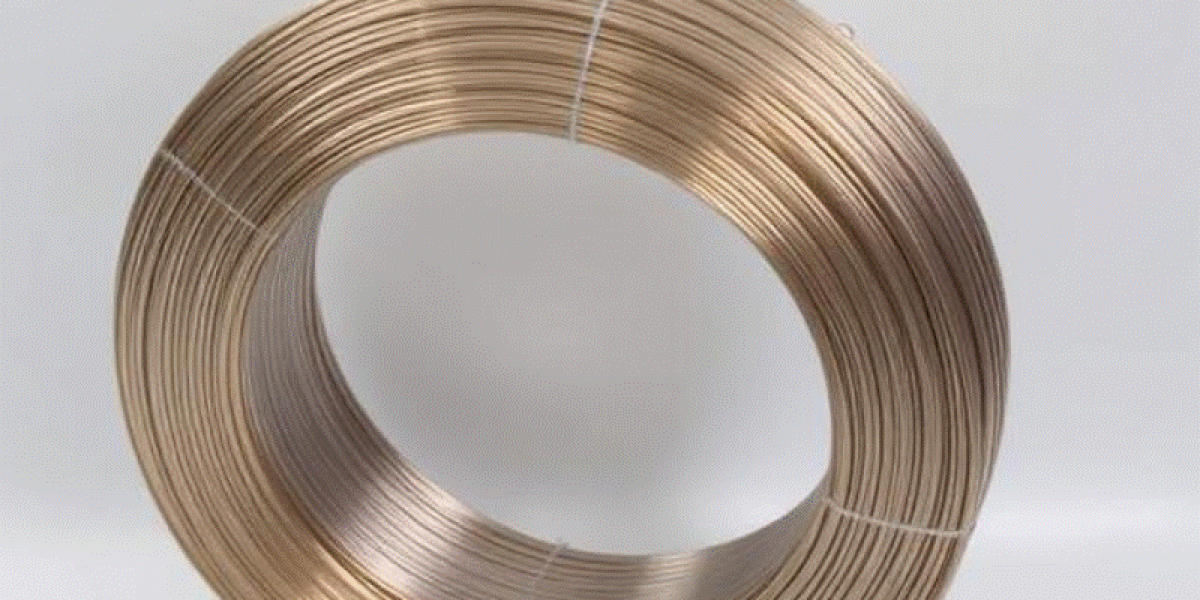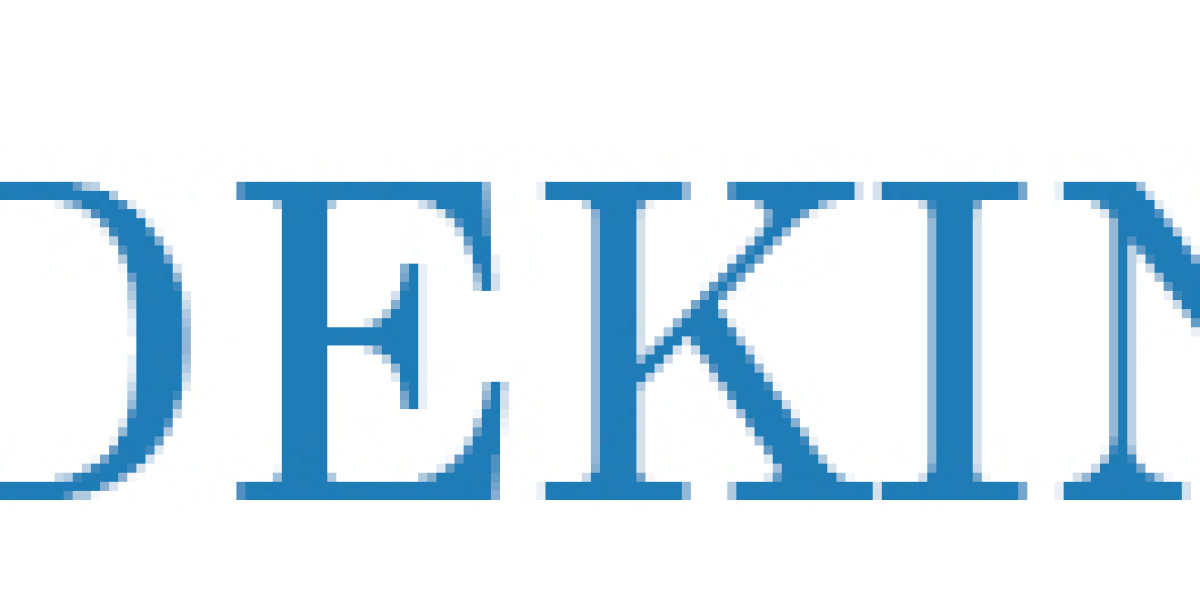In maritime and lightweight construction projects attention to shielding details often makes the difference, and Aluminum Welding Wire ER5183 is a common filler that responds well when shielding gas and technique are chosen carefully. Welders working with this alloy see that gas selection influences arc stability puddle fluidity and the resistance of the finished seam in corrosive atmospheres. Manufacturers publish handling notes and recommended shielding approaches so fabricators can match shop practice to material behavior.
Pure inert argon remains the default choice for many welders using this wire because it supports stable arc starts and predictable metal transfer in both MIG and TIG processes. In many shop scenarios argon yields cleaner welds and simpler setup since it produces good puddle control without complex gas blends. That reliability is why process guides and supplier literature often list argon as the primary option for aluminum wire applications.
When fabricators need extra heat input to weld thicker sections or to improve puddle wetting they may add helium to the shielding gas. Helium raises the energy delivered to the joint and can flatten the bead profile while speeding travel rates where mechanized welding is used. However adding helium also changes arc ionization and requires parameter tuning so weld teams should trial mixed gas blends under production like conditions before adopting them across a job.
Gas flow and distribution matter as much as composition. Even the best chosen blend will underperform if hoses leak or the nozzle shape produces turbulence. Welders should verify consistent flow rates and ensure fixtures or nearby fans do not disturb the gas envelope. In outdoor or draft prone settings shielding stability is often the limiting factor so simple steps like repositioning workpieces or adding temporary wind breaks can translate into fewer defects and smoother inspections.
Wire surface and packaging interact with shielding performance. Contaminated or moist spools increase the risk of porosity and call for more aggressive purge and cleaning practice. Producers who provide sealed packaging clear handling guidance and traceable lot records help fabricators decide when to bake open reels and when to proceed to welding. Those logistics choices are getting more attention as supply chains and on site conditions change rapidly.
When teams combine the right gas choice with disciplined gas delivery consistent feed practice and clean joint preparation the weld puddle for this alloy behaves predictably. Trial passes on representative panels reduce surprises and let technicians dial in travel angle and arc length for the chosen shielding approach. Working with suppliers who publish recommended gases and who support parameter tuning shortens startup time and reduces material waste on critical assemblies.
Shielding gas is a controllable variable that substantially affects the performance of aluminum welding filler. By matching gas composition and delivery to job demands and by coordinating with suppliers on handling and trial routines fabricators can achieve cleaner seams and steadier production. For product specifics handling guidance and recommended gas approaches see the ER5183 product page at the manufacturer site www.kunliwelding.com .








